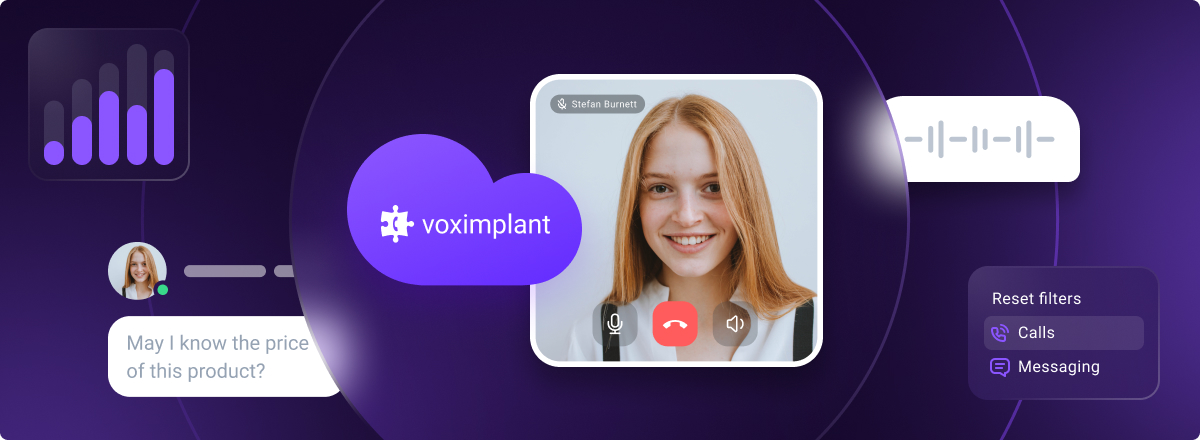
¿Qué es acw or After Call Work en Call Center?
A través del After Call Work le permite a tus agentes registrar los resultados de cada llamada. Descubre los beneficios del ACW aquí

A través del After Call Work le permite a tus agentes registrar los resultados de cada llamada. Descubre los beneficios del ACW aquí
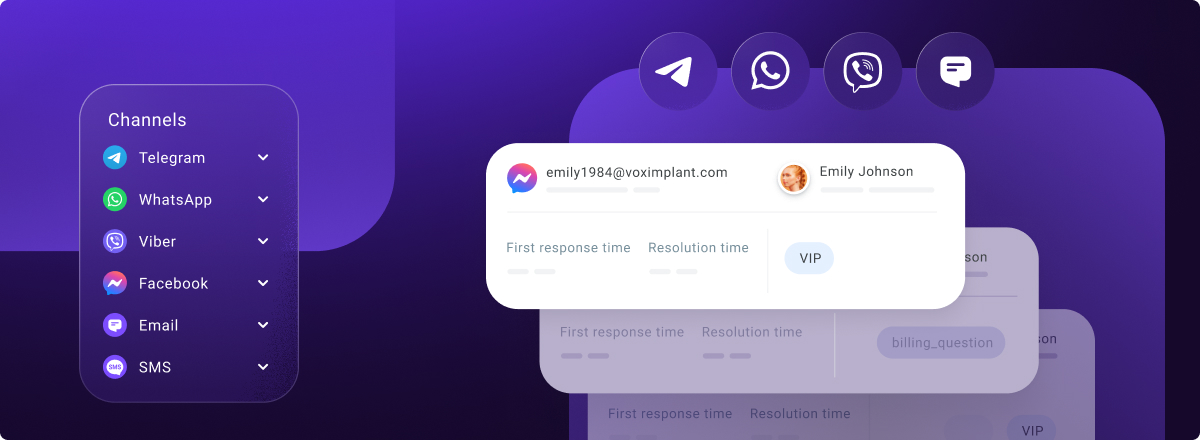
First Call Resolution o Resolución de Primera Llamada, una métrica que te ayudará a analizar la efectividad de tu contact center. Descubre más aquí
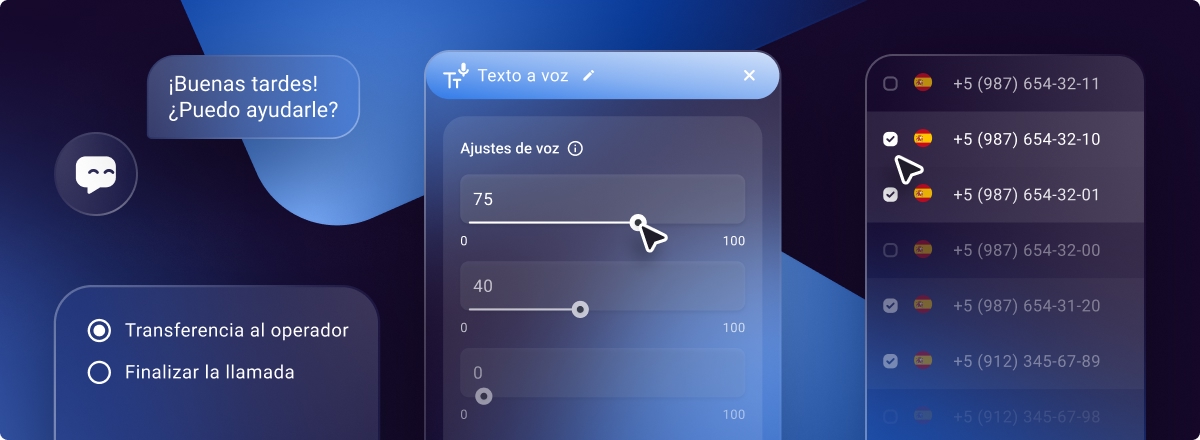
En este resumen, analizaremos las nuevas características de Voximplant Kit. Hemos añadido soporte para mensajes salientes de WhatsApp, chats móviles, soporte para las voces neuronales de ElevenLabs y nuevos ajustes para campañas automatizadas.
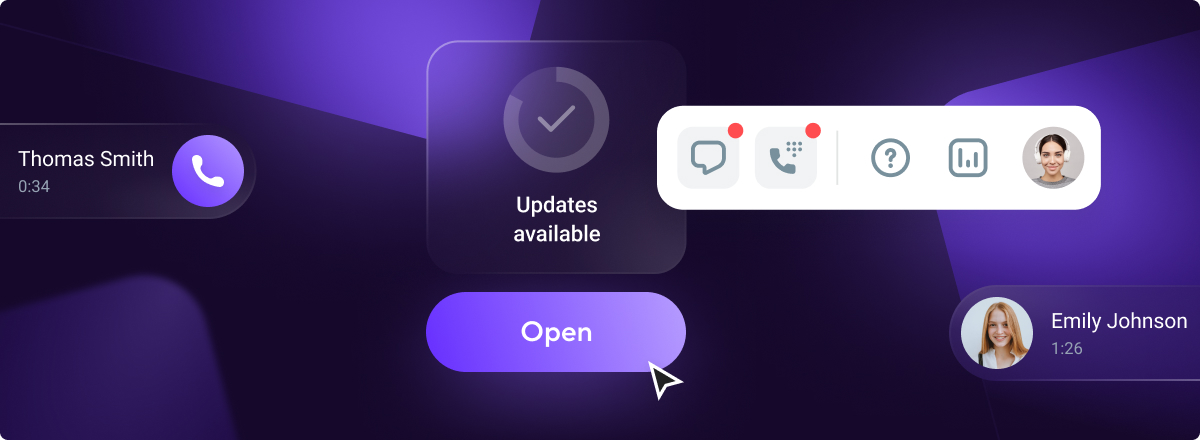
Estamos muy contentos de traerle las últimas actualizaciones de Voximplant Kit: los usuarios con el rol de “Agente” ahora pueden acceder a su historial de llamadas y mensajes en la sección “Historial”, nuevo código de cierre de “Contestador automático” y más.

La integración entre el sistema Kommo CRM y el centro de contacto omnicanal en la nube de Voximplant Kit ofrece a las empresas nuevas oportunidades para mejorar los procesos de interacción con el cliente.
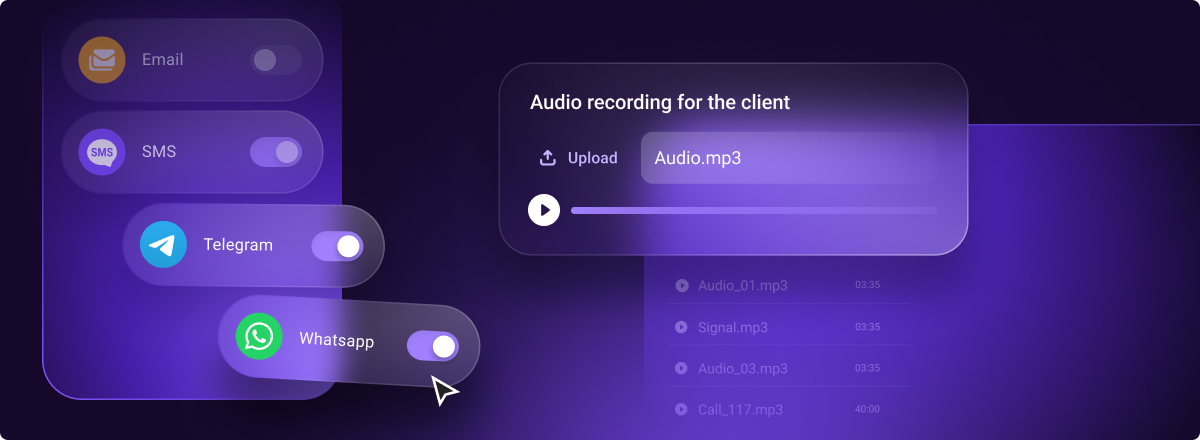
Estamos encantados de brindarle las últimas actualizaciones de Voximplant Kit. Hemos preparado numerosas mejoras que lo ayudarán a elevar la calidad de su servicio al cliente a un nuevo nivel.
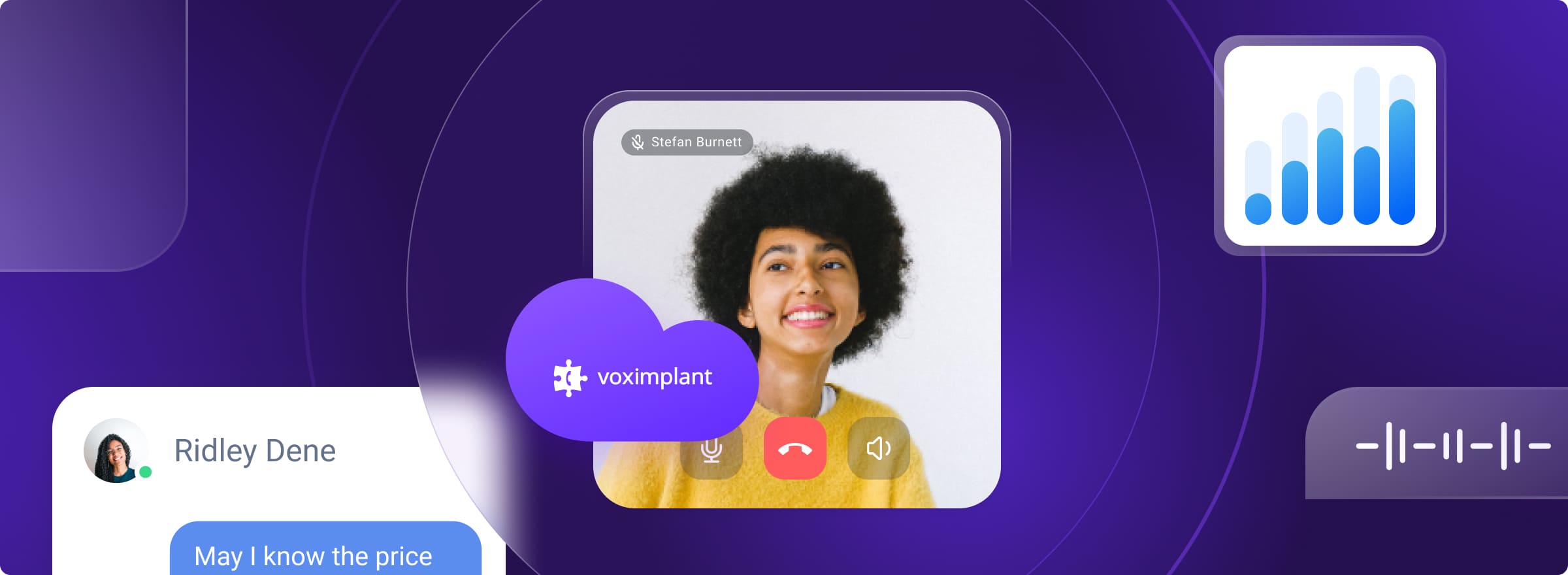
El IVR permite automatizar procesos y aumentar la productividad dentro de un Call Center. Para descubrir cómo funciona, haz click aquí
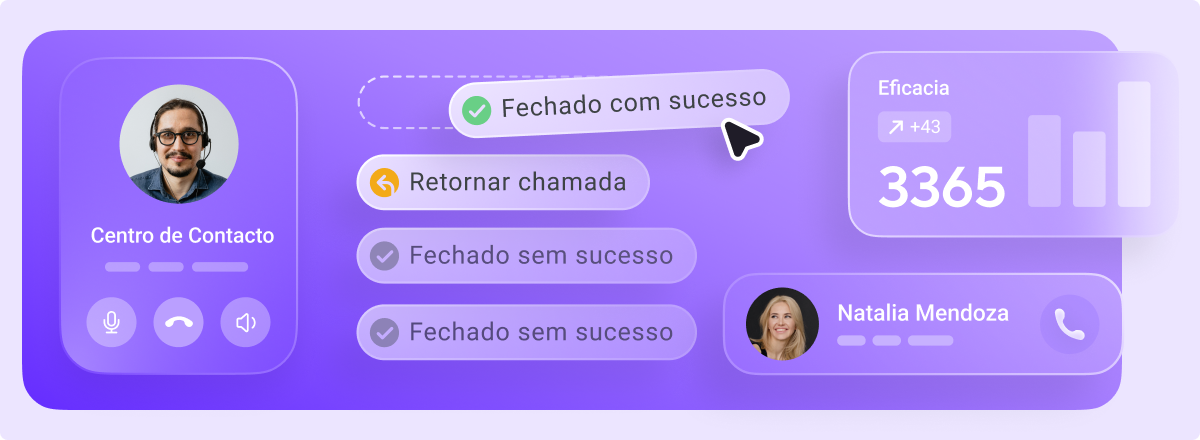
El mercado de cobranza vive un punto de inflexión: la efectividad ya no depende del volumen de llamadas, sino de la calidad del contacto. En esta nota compartimos los aprendizajes y tendencias clave desde Crevolution 2025 México.